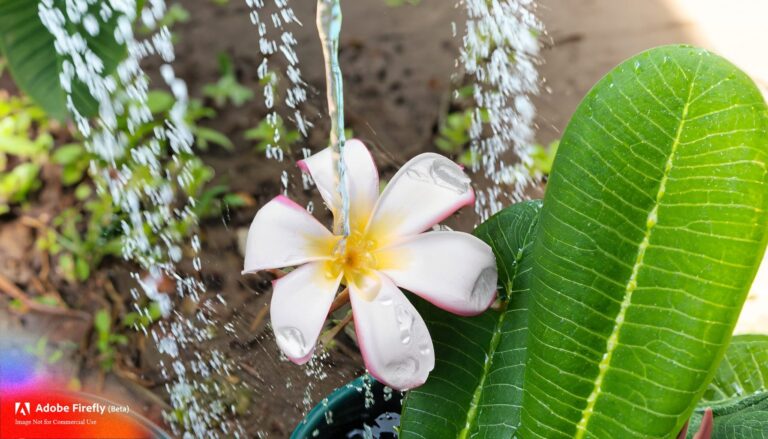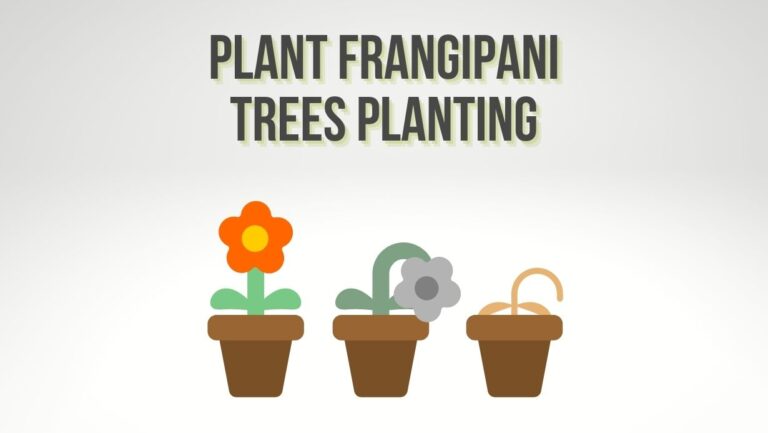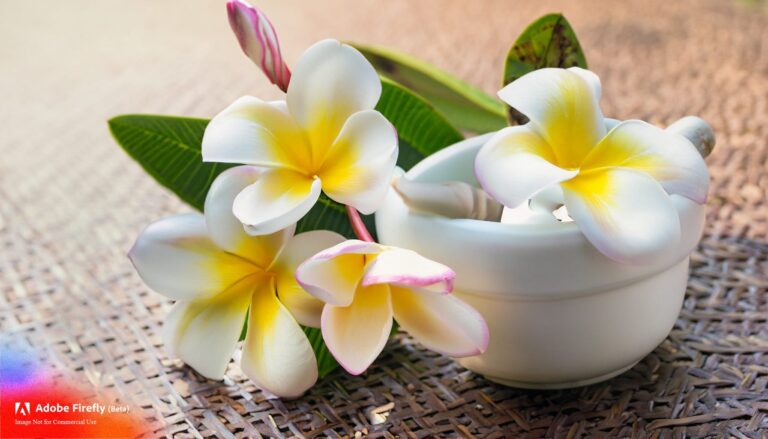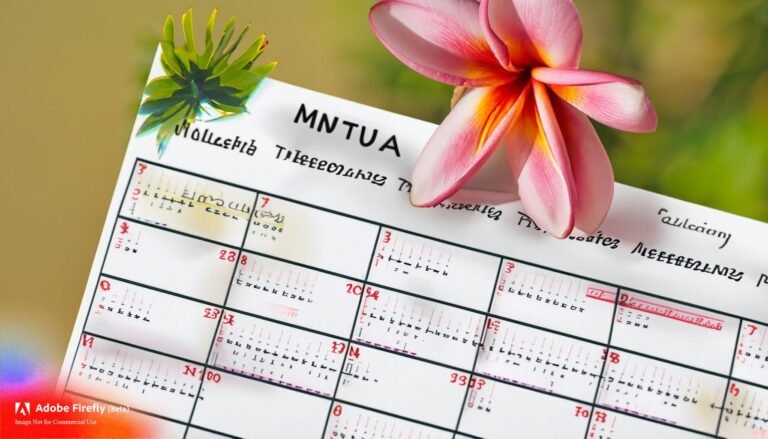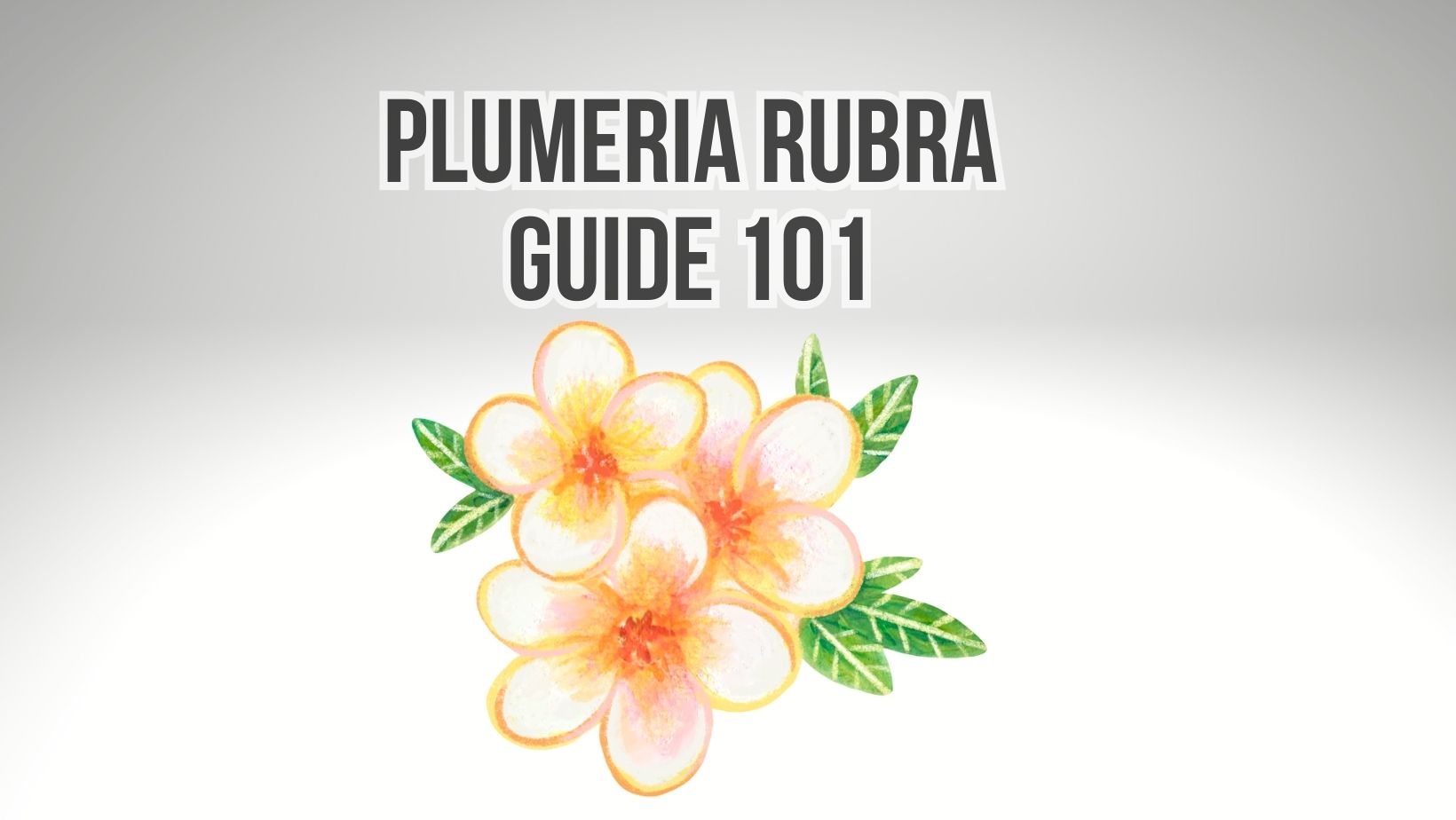
Plumeria Rubra, commonly known as Frangipani or Hawaiian Lei Flower, is a tropical plant known for its beautiful, fragrant flowers. In this comprehensive guide, we will explore the different aspects of Plumeria Rubra care, from planting and growing to maintenance and enjoyment.
What is Plumeria Rubra?
Plumeria Rubra is a species of flowering plant belonging to the Apocynaceae family. It is native to Central America and the Caribbean but is now cultivated in various tropical and subtropical regions around the world. The plant features large, leathery leaves and vibrant, fragrant flowers with five petals that come in a wide range of colors, including white, yellow, pink, and red.
Varieties of Plumeria Rubra
Plumeria Rubra is a diverse species with numerous varieties, each possessing its unique characteristics and beauty. Let’s explore some of the notable varieties:
1. Plumeria Rubra ‘Candy Stripe’
The ‘Candy Stripe’ variety of Plumeria Rubra showcases stunning white flowers adorned with captivating pink stripes. The contrasting colors create a visually striking and enchanting display.
2. Plumeria Rubra ‘Vera Cruz Rose’
‘Vera Cruz Rose’ is known for its captivating rose-colored flowers. The blossoms of this variety exude a sweet fragrance that further enhances its allure.
3. Plumeria Rubra ‘Sundance’
‘Sundance’ is a vibrant variety of Plumeria Rubra that boasts sunny yellow flowers. The blossoms, coupled with their sweet fragrance, evoke feelings of warmth and cheerfulness.
4. Plumeria Rubra ‘Thailand Red’
‘Thailand Red’ is a variety that features rich, deep red flowers. Its intense color and delightful fragrance make it a favorite among Plumeria enthusiasts.
5. Plumeria Rubra ‘Diva’
‘Diva’ lives up to its name with its striking and attention-grabbing appearance. This variety showcases large, showy flowers with a captivating mix of pink and white tones.
6. Plumeria Rubra ‘Toba’s Fire’
‘Toba’s Fire’ is an exquisite variety of Plumeria Rubra, known for its fiery red-orange flowers. The vibrant blooms create a captivating spectacle in any garden.
7. Plumeria Rubra ‘Makaha Sunn’
‘Makaha Sunn’ is a variety that boasts beautiful and fragrant white flowers. Its delicate and graceful appearance adds an elegant touch to any landscape.
8. Plumeria Rubra ‘Gabrielle’
‘Gabrielle’ is a captivating variety with soft pink flowers that exhibit a lovely fragrance. Its gentle hues create a serene and romantic ambiance.
9. Plumeria Rubra ‘Elizabeth Thornton’
‘Elizabeth Thornton’ is a variety that stands out with its unique coloration. Its flowers showcase a combination of creamy yellow and pale pink, creating a soft and enchanting display.
Apart from these Plumeria Rubra varieties, it’s worth mentioning another fascinating species called Plumeria stenopetala. This species is characterized by its slender petals and delicate, star-shaped flowers, adding a touch of elegance and grace to any garden.
Each of these Plumeria Rubra varieties possesses its own charm, whether it’s through their colors, fragrance, or unique petal shapes. Whichever variety you cultivate, you’ll be rewarded with these remarkable plants’ captivating beauty and aromatic allure.
Planting and Growing Plumeria Rubra
Plumeria Rubra thrives in warm climates and requires well-draining soil and plenty of sunlight. Here are the essential steps for planting and growing Plumeria Rubra:
1. Selecting the Right Location
Choose a sunny spot in your garden or a location where the plant will receive at least six hours of direct sunlight per day.
2. Preparing the Soil
Plumeria Rubra prefers a well-draining soil mix. Amend the soil with organic matter and perlite to improve drainage and provide nutrients.
3. Planting the Cutting or Rooted Plant
Plant the plumeria cutting or rooted plant into the soil, ensuring that the base is slightly above ground level. Gently firm the soil around the plant to secure it in place.
4. Watering and Fertilizing
Water the plant thoroughly after planting, and then allow the soil to dry out between waterings. Use a balanced fertilizer specifically formulated for plumerias to promote healthy growth and flowering.
Soil and Sunlight Requirements
Plumeria Rubra thrives in well-draining soil with a slightly acidic to neutral pH range (around 6.0 to 7.0). The soil should be rich in organic matter and have good moisture retention capabilities. Additionally, Plumeria Rubra requires full sunlight to bloom prolifically, so it’s important to choose a sunny location for optimal growth.
Watering and Fertilizing
While Plumeria Rubra is drought-tolerant, it’s crucial to water the plant regularly, especially during the growing season. Water deeply, ensuring the soil is thoroughly soaked. However, avoid overwatering, as it can lead to root rot. In terms of fertilizing, use a balanced, water-soluble fertilizer formulated for plumerias. Apply the fertilizer every two to four weeks during the active growing season to provide the necessary nutrients for healthy foliage and abundant blooms.
Pruning and Maintenance
Pruning Plumeria Rubra helps maintain its shape, control its size, and encourage branching, leading to more flowers. Here are some essential pruning tips:
- Remove any dead, damaged, or diseased branches.
- Prune back long, leggy stems to promote bushier growth.
- Cut back the tip of each branch to encourage branching and more flower production.
- Pruning is typically done during the dormant season, usually in late winter or early spring.
Regular maintenance tasks for Plumeria Rubra include removing spent flowers, monitoring for pests and diseases, and providing appropriate care based on the plant’s needs.
Propagation Methods
Plumeria Rubra can be propagated through various methods, including:
- Cuttings: Take 10- to 18-inch stem cuttings from a healthy plumeria plant and allow them to dry for a few days. Then, plant the cuttings in a well-draining soil mix, ensuring the bottom end is inserted about 6 inches into the soil. Keep the soil moist until roots develop.
- Seeds: Collect mature plumeria seeds, remove the fleshy coating, and allow them to dry for a few days. Plant the seeds in a well-draining potting mix, lightly covering them with soil. Keep the soil moist and provide warmth for germination.
- Grafting: This advanced technique involves joining a plumeria cutting (scion) onto a rooted plumeria plant (rootstock). Grafting is usually performed by experienced gardeners or horticulturists.
Common Pests and Diseases
Plumeria Rubra is generally a hardy plant, but it can occasionally face pest and disease issues. Here are some common problems to watch out for:
- Aphids: These small, soft-bodied insects can cluster on new growth, causing distortion and stunting. Control aphids by spraying with insecticidal soap or neem oil.
- Mealybugs: Mealybugs are white, cottony pests that feed on plant sap. They can be controlled by spraying with a solution of water and dish soap or by using natural predators such as ladybugs.
- Black Tip Fungus: This fungal disease manifests as black spots or tips on the leaves, often caused by overwatering or poor air circulation. Improve growing conditions and apply a fungicide if necessary.
Plumeria Rubra Care Tips
To ensure the health and vitality of your Plumeria Rubra plant, keep these care tips in mind:
- Provide a warm, sunny location with well-draining soil.
- Water deeply but allow the soil to dry out between waterings.
- Fertilize regularly during the active growing season.
- Prune to maintain shape and encourage branching.
- Monitor for pests and diseases, taking appropriate action if needed.
- Protect the plant from cold temperatures, as Plumeria Rubra is sensitive to frost.
Enjoying the Blooms
The exquisite blooms of Plumeria Rubra are a delight to behold and can be enjoyed in various ways:
- Admire the flowers in your garden or patio.
- Create beautiful flower arrangements or leis.
- Press the flowers to preserve their beauty.
- Enjoy the fragrant blooms indoors by placing them in a vase.
Plumeria Rubra’s flowers not only add beauty to your surroundings but also fill the air with a heavenly fragrance.
Frequently Asked Questions
Q1: Can I grow Plumeria Rubra indoors? A1: Plumeria Rubra requires ample sunlight to thrive, so it is best grown outdoors. However, you can grow it indoors if you can provide sufficient light through grow lights or by placing the plant near a sunny window.
Q2: How long does it take for Plumeria Rubra to bloom? A2: Plumeria Rubra typically blooms within two to three years after planting, although it can vary depending on growing conditions and the age of the plant.
Q3: Do Plumeria Rubra flowers have any symbolism? A3: Plumeria Rubra flowers are often associated with love, beauty, and new beginnings. In Hawaiian culture, they are commonly used to make leis and are considered a symbol of positivity and hospitality.
Q4: Can I grow Plumeria Rubra from seeds? A4: Yes, Plumeria Rubra can be grown from seeds. However, keep in mind that it can take several years for the seedlings to reach maturity and produce flowers.
Q5: How often should I fertilize Plumeria Rubra? A5: During the active growing season, fertilize Plumeria Rubra every two to four weeks with a balanced fertilizer specifically formulated for plumerias.
Conclusion
Plumeria Rubra, with its vibrant and fragrant flowers, is a captivating addition to any tropical or subtropical garden. By following the proper planting and care techniques outlined in this guide, you can cultivate healthy plumeria plants that bloom abundantly year after year. Enjoy the beauty and fragrance of Plumeria Rubra as it brings a touch of the tropics to your outdoor space.

